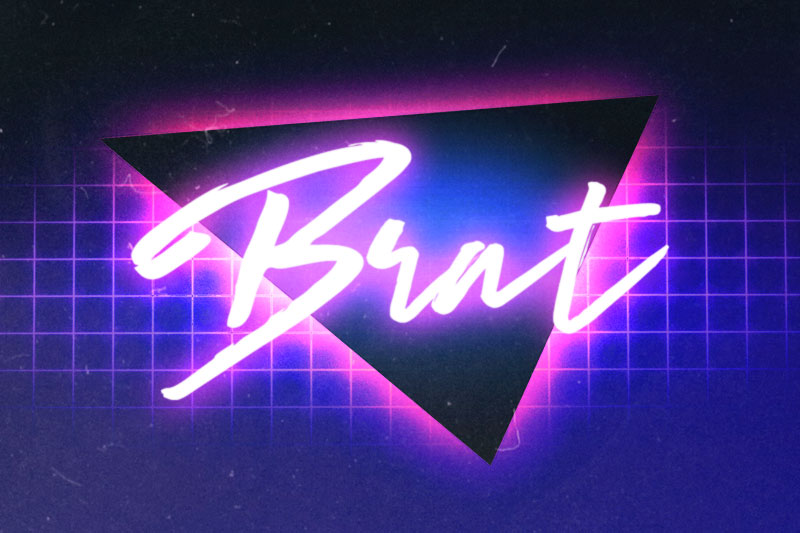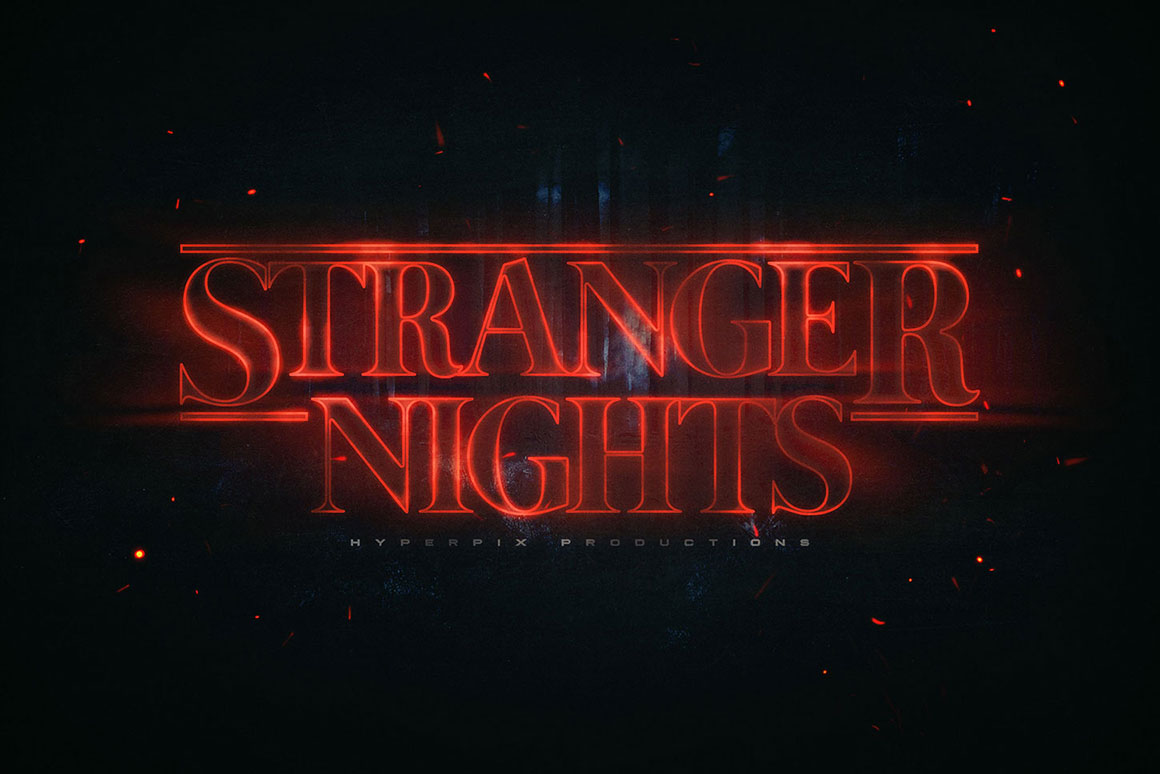
This may include geometric shapes, symmetrical designs, or vintage-inspired frames or badges.

Layout and Composition: Consider layout and composition styles that were popular during the retro era. Textures and effects can add depth and character to the design, evoking a sense of history and authenticity. This can include adding grain, distressing, or aging effects to give the logo an aged or vintage appearance. Textures and Effects: Utilize textures or effects to enhance the retro feel of the logo. Pay attention to the level of detail, linework, and stylistic elements that were prevalent during the chosen era. These can include iconic symbols, vintage objects, or illustrations reminiscent of classic design styles. Iconography and Illustration: Incorporate retro-inspired icons, illustrations, or graphics that represent the era or theme. The color combination should evoke the desired retro mood and create a visually harmonious composition. Bold and vibrant colors were popular in some eras, while muted or pastel tones were prevalent in others. Research the color trends of that time period and incorporate those hues into the logo design.

Experiment with font treatments like distressed or hand-drawn effects to enhance the retro vibe.Ĭolor Palette: Select a color palette that is reminiscent of the chosen era. Consider fonts with a vintage feel, such as serif or script fonts, that evoke nostalgia and authenticity. Typography: Choose typography that reflects the typography styles popular during the desired retro era. Here are some key elements to consider when creating a retro logo: What Makes a Good Retro Logo?ĭesigning a good retro logo involves incorporating elements that capture the essence of a specific era while maintaining a visually appealing and timeless design. These logos set the tone for the event and attract clients who want to create an immersive retro experience for their guests.

These logos can transport customers back in time, evoking memories of old-fashioned eateries, soda fountains, or traditional family diners.Įvent Organizers: Event planners or organizers specializing in retro-themed events, such as vintage weddings, retro parties, or throwback celebrations, can benefit from retro logos.

Retro logos can evoke a particular era associated with classic movies, iconic musicians, or cultural movements, instantly drawing attention and establishing a connection with fans.Ĭafes and Restaurants: Cafes, diners, or restaurants that aim to create a retro or nostalgic dining experience can utilize retro logos to reinforce that theme. These logos can convey the brand’s commitment to preserving history and provide a glimpse into the past, attracting customers who appreciate vintage charm and authenticity.Įntertainment and Media: Films, music, or entertainment-related businesses can use retro logos to create a sense of nostalgia and captivate audiences. Vintage-themed Businesses: Antique stores, vintage clothing boutiques, or businesses focused on restoring and selling vintage items can benefit from retro logos. Retro logos help create a unique and nostalgic brand identity that resonates with customers who appreciate vintage aesthetics. Retro-inspired Brands: Businesses or brands that draw inspiration from specific time periods, such as the 1950s, 1960s, or 1980s, can effectively use retro logos to capture the essence of that era. Here are a few examples of who can benefit from using a retro logo: A retro logo design can be a great choice for individuals, businesses, or organizations that want to evoke a sense of nostalgia, vintage charm, or a connection to a specific era.


 0 kommentar(er)
0 kommentar(er)
